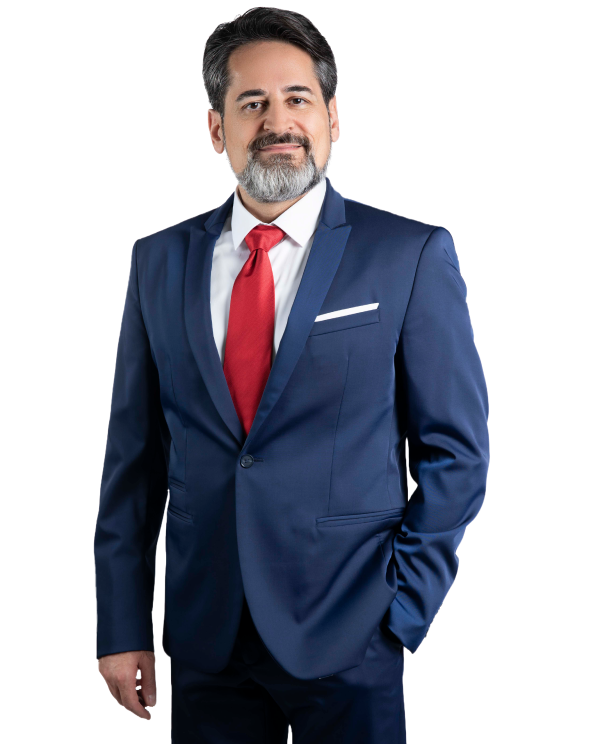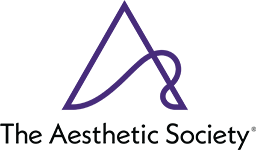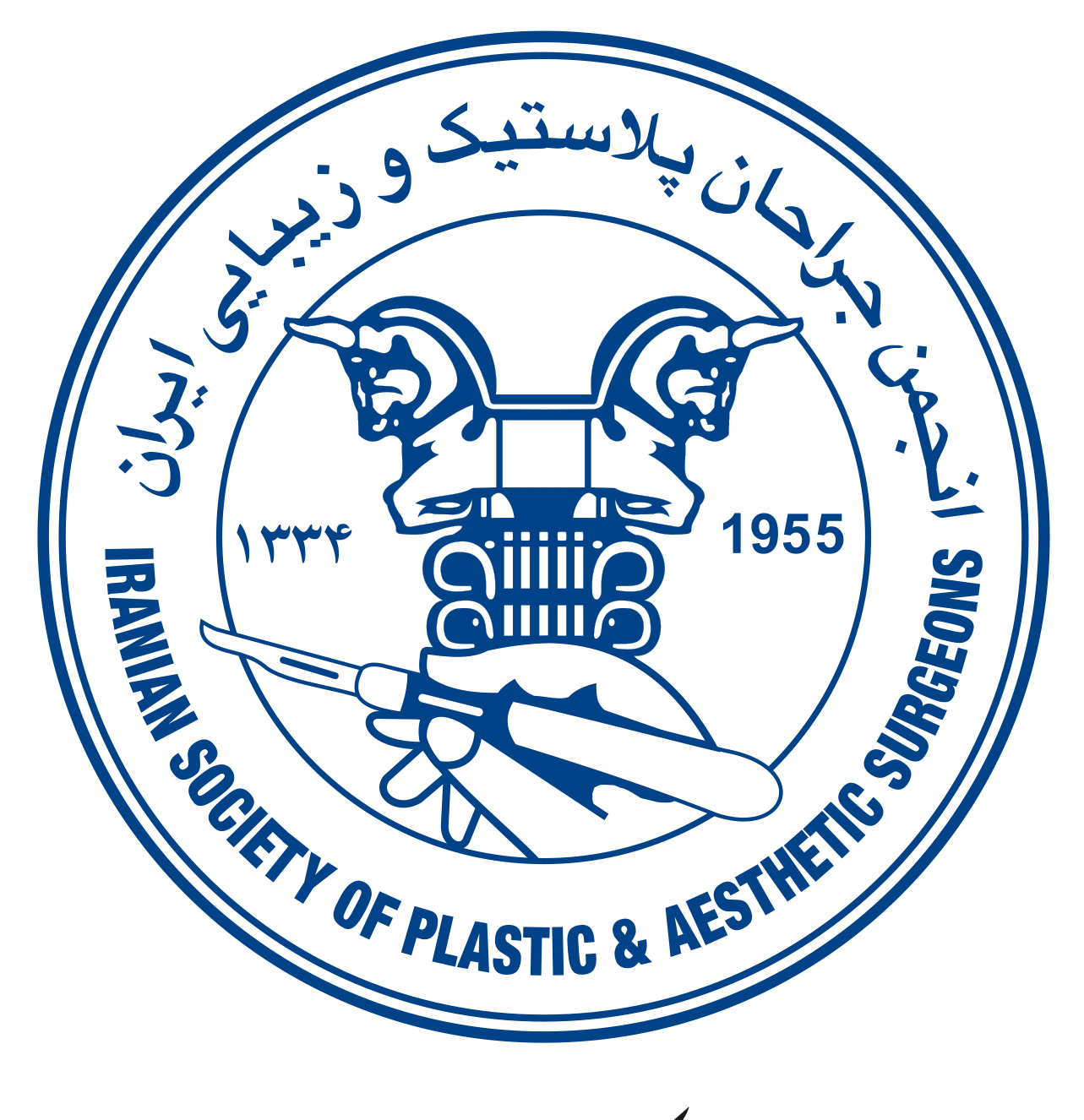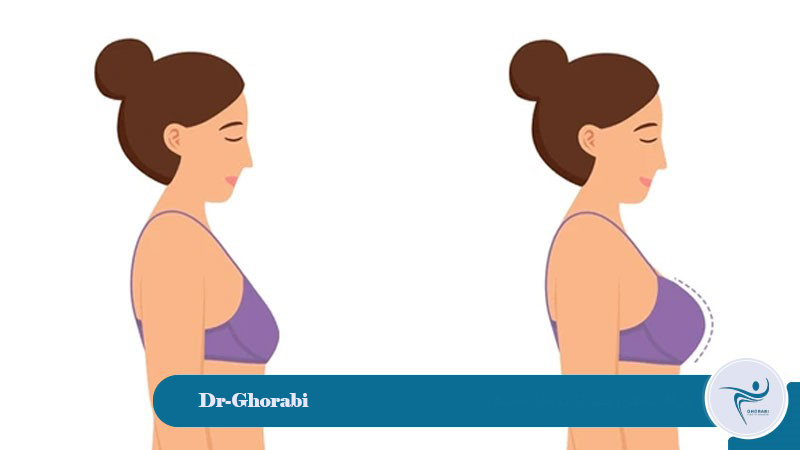Breast augmentation is a popular cosmetic surgery procedure that aims to increase the volume and improve the shape of the breasts. There are different types of implants based on shape (round and teardrop) and material (saline and silicone) and are used for specific body types.
Prostheses are made of biocompatible materials such as silicone to ensure safety and compatibility with the body. There are various surgical methods for inserting the prosthesis, including under-breast, areola, and armpit incisions. People turn to this surgery for various reasons, including increasing self-confidence, improving fitness, and repairing breast tissue after pregnancy or weight loss.
Types of breast implants in terms of shape
Breast implants, which are used in breast surgery to increase the volume and improve the shape of the breast, vary considerably in shape. The main types of breast implants in terms of shape are:
Types of breast implants based on manufacturing materials
In breast augmentation surgery, choosing the right prosthesis material has a direct impact on the feel, natural appearance, and longevity of the implanted breast. In a breast lift with prosthesis, which is performed to correct sagging and increase breast volume, the type of prosthesis material is effective in shaping and creating more lasting results. Even in reconstructive mammoplasty surgery, choosing the right prosthesis material is especially important for breast reconstruction.
The main types of breast implants based on the material they are made of are:
- Saline implants: These implants are filled with a sterile saltwater solution. If they rupture, their contents are absorbed by the body and are safe.
- Silicone implants: Silicone implants are filled with silicone gel, which gives the breast a more natural feel and appearance. The new generation of these implants is made of a more cohesive gel, which is less likely to leak out of the implant if it ruptures.
Choosing the type of breast implant material is an important decision that should be made in consultation with a plastic surgeon and based on individual characteristics and the goals of the breast augmentation procedure.
Breast prosthesis surgery steps
Breast augmentation surgery, which is performed to increase the volume and improve the shape of the breasts, has precise steps; first, the patient is placed under general or local anesthesia. Then, the best cosmetic surgeon in Tehran makes surgical incisions in predetermined areas (under the breast, around the areola, or under the armpit).
Next, the breast tissue will be prepared and the selected prosthesis (saline or silicone) will be placed in the appropriate position, under the muscle or on top of the pectoral muscle. After ensuring the symmetry and position of the prostheses, the incisions will be carefully sutured. Finally, the surgical area will be dressed with a special dressing and the patient will be transferred to the ward for recovery.
Does and Don'ts of Breast Implant Surgery
Breast augmentation surgery is a popular procedure for breast augmentation and breast enhancement, but it is not suitable for everyone. Choosing the right surgeon is key to achieving satisfactory results and beautiful, long-lasting breast augmentation. Who is a good candidate for breast augmentation surgery?
- Enlarge small breasts naturally and increase self-confidence.
- Restoring breast volume and shape after pregnancy, weight loss or breastfeeding.
- Correcting noticeable symmetry between the two breasts and improving appearance.
- Repairing breast tissue after removal due to cancer or other surgeries.
- Helping to improve the professional and social image of models and similar individuals.
- Increasing life expectancy and beauty after breast cancer treatment and evacuation.
- Suitable for those who are dissatisfied with the size or shape of their breasts for various reasons.
People who are seeking unrealistic results, have high expectations from breast lift and implant surgery, or have uncontrolled medical problems are not good candidates for this surgery.
Also, people who are seeking surgery due to psychological problems such as Body Dysmorphic Disorder should seek psychiatric treatment before taking any action. Approval of various types of cosmetic breast surgery such as a lift, prosthesis, or even gynecological surgery should be done by a doctor and away from obsession.
Breast Prosthesis After Breast Cancer and Mastectomy
Breast augmentation after breast cancer and mastectomy is a breast reconstruction procedure that helps women regain their natural appearance after their breasts have been removed due to cancer. This procedure has several advantages:
- Breast reconstruction with a prosthesis compensates for lost breast volume and creates symmetry.
- High-quality implants provide natural results and long-lasting durability.
- Breast reconstruction significantly increases the self-confidence of women after cancer.
- Initially, a tissue expander may be used to prepare space for the prosthesis.
- It is essential to consult an oncologist before undergoing breast reconstruction.
Breast reconstruction and implants are usually performed by Dr. Ghorabi, a cosmetic surgeon, after the completion of cancer treatments such as chemotherapy and radiotherapy.
Breast implant and breast prosthesis safety
Breast implant safety is an important issue in breast implant surgery. Despite the benefits, breast implants come with risks. Both silicone and saline implants are made of biocompatible materials, but there is a possibility of complications such as infection, rupture of the implant, or changes in nipple sensation.
In breast implant surgery performed after mastectomy, the safety of the implant and its compatibility with the reconstructed tissues are of utmost importance. By choosing a skilled surgeon and carefully following post-operative care for breast implant surgery, risks can be minimized and the safety of the procedure can be ensured.
Post operative breast prosthesis care
Postoperative care for breast augmentation with breast implants plays a vital role in achieving the desired result and reducing possible complications. Strict adherence to medical instructions helps speed up the healing process and increase the durability of the permanent breast implant. The most important post-operative care for breast implants includes:
- Use of a medical bra: Wear a special medical bra continuously and as recommended by your doctor.
- Wound care: Change dressings promptly and keep the incisions clean and dry.
- Prescribed medications: Take antibiotics and painkillers as prescribed by your doctor.
- Avoiding heavy activity: Avoid sports and lifting heavy objects for at least a few weeks.
- Sleeping on your back: In the first few weeks, sleep on your back to reduce pressure on your breasts.
- Breast massage: If prescribed by your doctor, massage your breasts gently and as directed.
- Regular visits: Visit your doctor regularly to check your healing process and ensure the health of your breast implant.
Remember that the goal of this care is to achieve the best results from breast augmentation surgery and prevent the need for a breast lift in the future.
Breast augmentation surgery by Dr. Ghorabi, with his knowledge and experience, offers significant benefits. Achieving an ideal and natural breast shape, increasing the durability of the results, minimizing possible complications, and benefiting from specialized pre- and post-operative care are among these benefits. Choosing Dr. Ghorabi will guarantee a safe and satisfying surgical experience.
About DR. Ghorabi
Get to know/Meet Dr. Ghorabi.

About DR. Ghorabi
Get to know/Meet Dr. Ghorabi.

Fellow of the American Academy of Facial Plastic and Reconstructive Surgery (AAFPRS) or a similar organization such as the American Society of Plastic Surgeons (ASPS).

Official member of the International Society of Plastic and Aesthetic Surgeons

Official member of the Iranian Association of Plastic and Reconstructive Surgeons
FAQs
Do breast implants prevent breastfeeding?
No, if the prosthesis is placed correctly under the muscle, breastfeeding will not be disrupted.
How long does a breast implant last?
Newer generation prostheses usually do not need to be replaced unless a problem occurs.
Do breast implants increase the risk of cancer?
No, research has shown that breast implants do not cause cancer.
Is there a possibility of the prosthesis tearing?
Yes, but today’s prostheses are very durable and tearing is rare.
Does nipple sensation change after breast augmentation?
Nipple sensation may change temporarily, but it usually returns to normal within 3 to 6 months.




